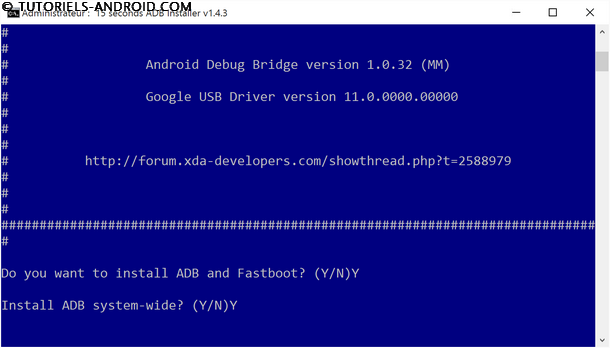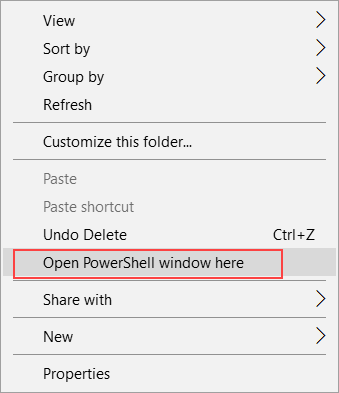

Check the box next to “ Always allow from this computer” and then tap on Allow.

You will see a “ USB debugging” prompt asking for permission. Step 4: Allow USB Debugging in Android Phone Run adb devices command to view attached devices If your ADB tool install on Windows PC was successful, you will get a USB debugging pop-up on your Android phone. After connecting your phone, run the adb devices command to see attached devices. It’s time to connect your Android phone to your computer. A command prompt window will open in the same folder. You can do so by typing cmd in the address bar and pressing Enter. Now, open the command prompt in the same folder. Simply, go to the folder where you extracted the downloaded ADB zip file. You don’t need to run any setup file to install ADB on Windows. Step 2: Open CMD Window in ADB Tools folder Download and extract ADB tools on Windows PC

After downloading, extract the downloaded zip file on your computer. Step 1: Download and Extract ADB Tools for Windowsįirst of all, download the ADB Platform Tools for Windows from Google’s official page. We have used Windows 10 PC in this tutorial, however, it should work for previous versions of Windows as well. SEE ALSO: How to Enable Developer Mode in Chromebook?Īfter you are done with setting up your phone for USB debugging, it’s time to install ADB on your Windows computer. Enable USB Debugging in Developer Options Simply allow the permission and you are done. Now, every time you will connect your Android phone to the computer, you will see a message to allow USB debugging from this computer. Here, scroll down and open Developer Options and enable USB debugging. Step 2: Go to Developer Options and Enable USB DebuggingĪfter enabling “ Developer options“, go to Settings > System.

Go to the About Phone section and tap on Build Number 7 times This will enable Developer Options in your Android phone. Tap on Build number 7 times consecutively. Here, you can see details about your phone. Step 1: Go to About Phone and Enable Developer Options So, if you are not sure how to do that, just follow these steps. Only installing ADB on your computer won’t be of any use unless you set up your Android device to work with ADB first. SEE ALSO: How to Enable Windows Subsystem for Linux (WSL) in Windows 10? A) Setup Android Device for ADB (Enable USB Debugging) So, in this tutorial, we are going to show you how to install and use ADB on Windows, macOS, Linux, or Chrome OS. Besides these, there are many apps that need ADB permissions to work. Using ADB tools, you can install APKs, transfer files, boot into recovery or even change the DPI of the screen on Android. After that, you can tweak and even access some hidden features of your phone. Just install ADB tools and connect your phone to your PC (be it Windows, macOS, Linux, or Chrome OS). ADB (Android Debugging Bridge) tools allow users to tweak their Android phones.


 0 kommentar(er)
0 kommentar(er)
